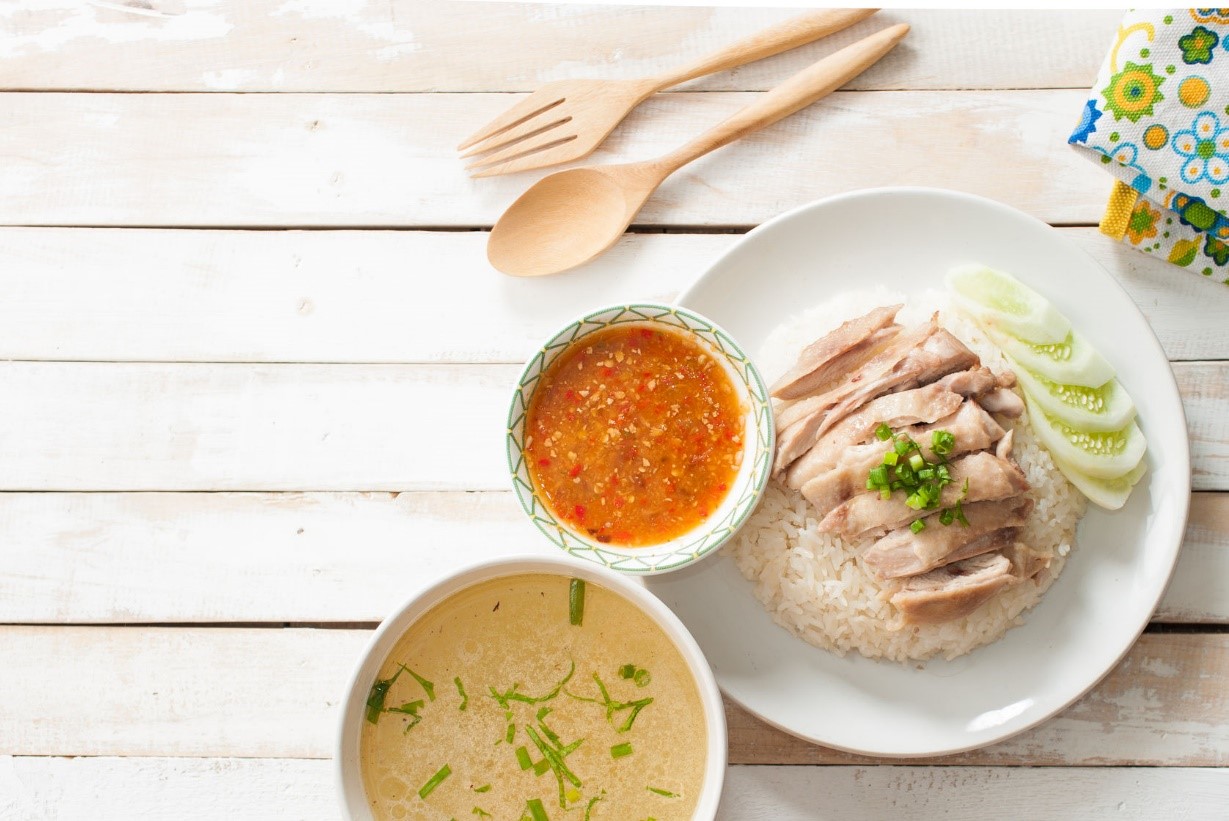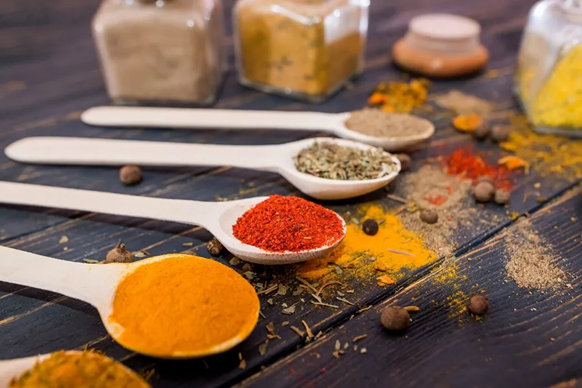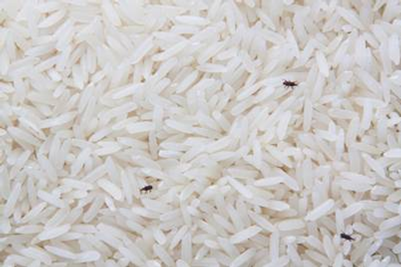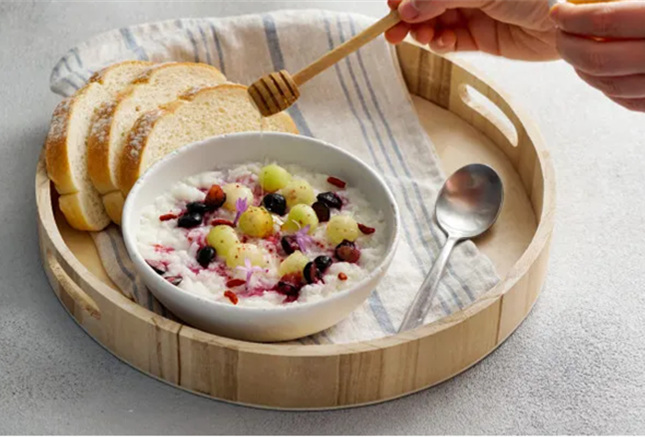Food Safety Hazards in Chicken Rice
The common food safety hazards associated with chicken rice are mostly microbiological, such as Salmonella and Campylobacter. These bacteria, which cause food poisoning, can be found in the raw chicken naturally.
Chicken rice can also contain E. coli. Most strains of this bacteria do not cause illness. Instead, it is commonly used as an indicator for food safety as the presence of high levels of E. coli is linked to poor hygiene, cross-contamination, poor storage practices, insufficient cooking etc.
The common preparation method here in Singapore of gently boiling the chicken in stock and quickly quenching in ice or tap water can lead to undercooking, where bacteria can continue to survive. After cooking, the chickens are often hung up for display at room temperature over an extended period, which also allows bacteria to grow. When the chicken are cut for serving, there could be cross contamination from handling, the chopping boards and other surfaces. Likewise, these risk factors can also be applied to similar types of food stalls, such as roast meat stalls and economy rice stalls.
Monitoring by SFA
SFA monitors chicken rice stalls as part of its Market Monitoring Program, collecting samples and testing for microbiological contamination to ensure that food safety requirements are met. In a 2021 survey, SFA found nearly 40% of chicken rice samples tested to have exceeded our regulatory limits for E. coli bacteria in ready-to-eat food.
However, our surveillance in recent years shows that the rate of failure due to E.coli detections in chicken rice samples have improved to about 13% in 2022. SFA found pathogens only in a very small number (0.9 %) of chicken rice samples in 2021 and 2022
SFA has been educating chicken rice sellers via industry engagement sessions on microbiological safety and control measures for retail food. SFA has also taken enforcement actions on chicken rice stalls found to have failed our food safety limits. We will continue to monitor and engage chicken rice stalls to ensure that our food safety requirements are met. We also advise everyone to stay vigilant and follow our food safety recommendations below!
Good Food Safety Practices
Mishandling of food, especially during preparation is one of the leading causes of food-borne illnesses, or food poisoning.
Here are some tips for food operators:
Sell cooked chicken meat within 4 hours of preparation
Good food handling practices
Replace the ice/water bath used to chill the cooked chicken after cooking process frequently.
Ensure proper segregation between RTE / cooked chicken and raw products to minimise cross-contamination.
Use different utensils/surfaces for raw and RTE food by colour coding utensils for cooked and raw food separately.
Clean and sanitize all utensils, cutting boards, cleaning cloths and surfaces used during food preparation regularly.
Maintain personal hygiene when handling ready-to-eat (RTE) / cooked food
Here are some tips for consumers when buying meat:
When buying meat, make sure it does not appear stale or have off odours.
Buy only meat or poultry that has been stored at the right refrigerated conditions. Do not buy chilled or frozen meat or poultry that is displayed for retail at room temperature.
Do not buy meat or poultry in packaging that is leaking or torn.
Ensure that there is no excessive moisture on the surface of meat or poultry. It shows that the food items have not been handled properly.
Go home straight away after buying meat so that it will not be left un-refrigerated for too long.
Here are some tips for preparing and cooking food:
Keep raw food in separate bags away from cooked and ready-to-eat food while shopping.
Wash knives and cutting boards between uses, especially when working with raw and cooked food. Where possible, use separate cutting boards for raw and cooked food.
Wash knives thoroughly especially after cutting raw meat, seafood and poultry, before cutting other food.
Use different serving plates for raw and cooked food. If you use the same plate, wash between uses.
Place raw food in tightly wrapped plastic bags or covered containers in the refrigerator to prevent raw food juices from dripping on to other food.
Place dry food above wet food to prevent juices from contaminating the dry food.
Read more on Good Food Safety Practices
About the Author
Herman Teo is a Senior Scientist from the Risk Assessment and Communications Department of the National Centre for Food Science. With a Masters in Food Science and Human Nutrition from the National University of Singapore, his recent work includes the regulatory framework for insects for food and feed, and examining emerging food processing risks.




